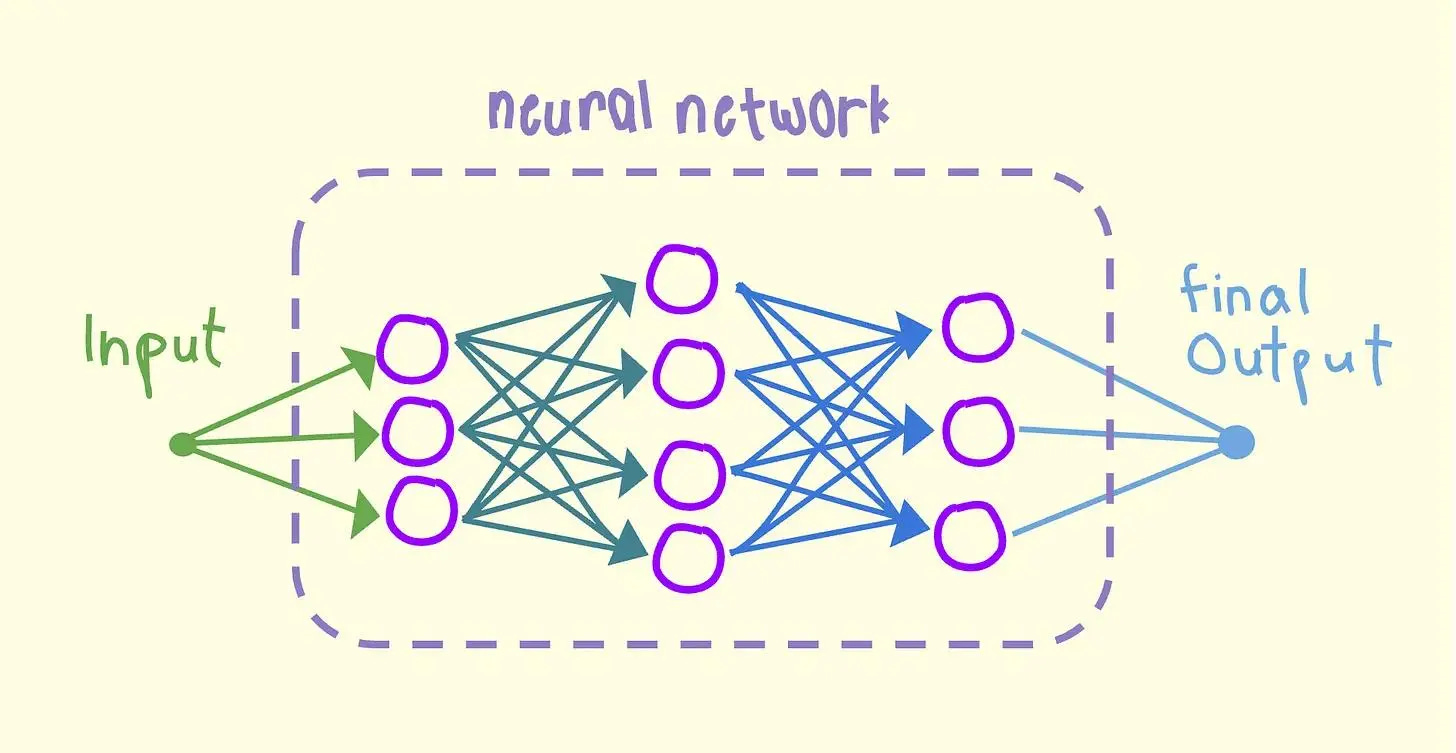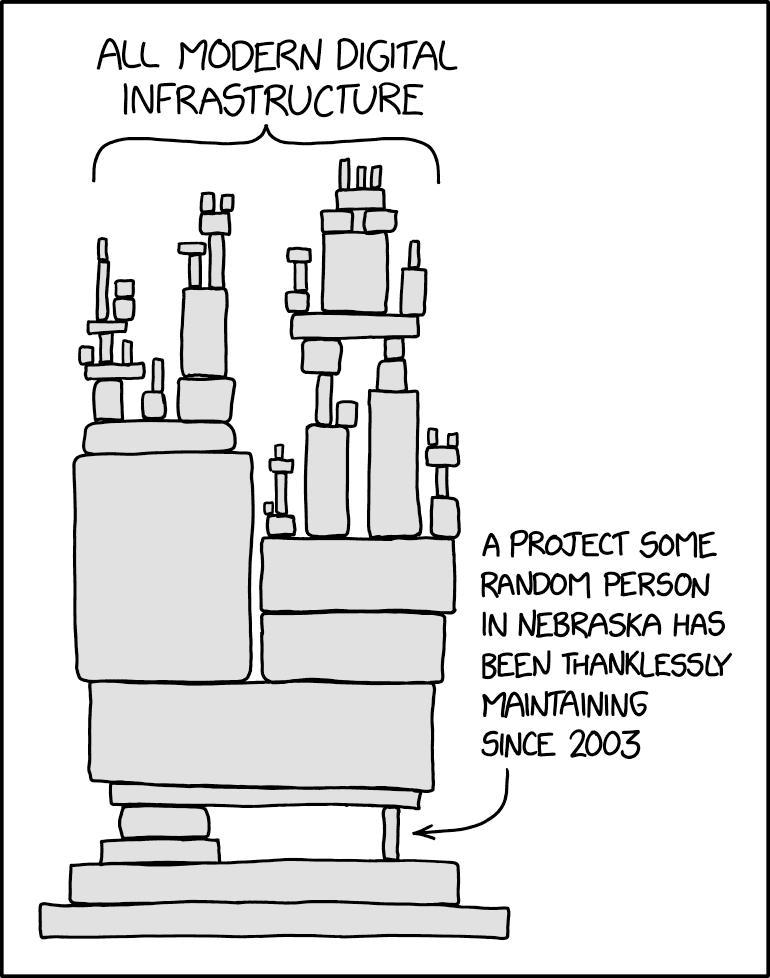Technically Monthly (September 2025)
A beginner’s guide to AI model architectures, why open source licenses aren’t as simple as “free to use,” the evolving role of product documentation, and what Databricks is really building.
Hello illustrious Technically readers,
This is the fifth ever Technically Monthly, and it’s another packed one. It’s brimming. Filled to the gills. Overflowing. Absolutely about to slosh over. Here’s what’s new:
A primer on AI model architectures: what neurons, CNNs, RNNs, and Transformers actually do
A beginner’s guide to open source licenses, from MIT to SSPL, and why the rules keep changing
An explainer on documentation and how it turned from a necessary evil into a product differentiator
What Databricks actually does, and why it’s allegedly worth $100B
New on Technically
The beginner’s guide to AI model architectures
Available as a paid preview on Substack, now in its permanent home in the AI, it’s not that complicated knowledge base. A guest joint by AI correspondent Nicole Errera.
Why does ChatGPT run on a transformer-based architecture while self-driving cars rely on Computer Vision models? The answer is architecture—the blueprint that dictates how billions of tiny math units (neurons) are connected, and why AI models are built the way they are.
This post covers:
How neurons work as the building blocks of neural networks
Why architectures like FNNs, RNNs, CNNs, and Transformers each shine at different problems
How attention layers solved the “context problem” and unlocked today’s Large Language Models
Why choosing the right design is critical for performance, feasibility, and cost
And now, with confidence, you introduce yourself: Ted Mosby, architect.
The beginner’s guide to open source licenses
Filed under Building Software Products, and available as a paid preview on Substack.
“Open source means free for everyone to use,” right? Well…not exactly.
Open source can mean a million different things, depending on who you ask. This guide breaks down all of the different types of OSS licenses and the philosophy behind them, from Stallman and the GNU Manifesto to MongoDB’s license wars with AWS.
Inside, I cover:
The history of open source and why licenses exist in the first place
How permissive licenses (MIT, BSD, Apache) differ from copyleft ones (GPL, AGPL, SSPL)
Why recent license changes from projects like MongoDB, Elastic, and Redis reshaped the ecosystem
After reading this you’ll become an…open sourcerer…sorry.
What’s documentation?
Now in Building Software Products, free to all readers, thanks to GitBook.
Documentation used to be (for many) a necessary evil, written at the last minute before releasing a new feature.. Now it’s something companies actively brag about. Stripe turned docs into marketing. GitBook turned docs into a business. Meanwhile, most of us are still clicking through broken links and typos.
This post runs through:
Why we need documentation in the first place, especially for developer focused products
Types of docs (tutorials, guides, explanations, references)
Why keeping them updated is a Sisyphean task
Why so many still suck
After reading this, you’ll become a…documentarian…sorry.
Databricks is apparently worth $100B. What do they even do?
Seated as an update to this old Databricks explainer in the Company Breakdowns knowledge base.
Databricks has raised so many funding rounds they’re running out of alphabet letters (Series K, if you’re counting). Their latest one puts them at a cool $100B valuation, making them one of the five most valuable private companies in the world.
Which begs the question: what the f*ck do they actually do??
Databricks started life as “the Spark company,” helping engineers wrangle massive datasets. Since then, they’ve collected an entire zoo of products: a Lakehouse that looks a lot like Snowflake, dashboards and notebooks for your data science team, and a growing pile of AI features—Vector Search, RAG, Mosaic, even something called Agent Bricks.
The result is less “a product” and more “an everything bagel of data.” Storage, pipelines, analytics, AI—you name it, they’ll sell you a SKU for it.
The real question isn’t what Databricks does. It’s what they don’t do.
From the Universe: Version Control
Let’s close with a foundational concept in the Technically Universe: version control—the system that keeps developers from deleting each other’s work every five minutes.
Version control lets you track and manage changes to your code in a more sophisticated way than you’re used to.
Code changes a lot, so keeping history is critical, especially when multiple people are working on a project together. Version control tracks changes to a codebase and regulates how people can make updates. Git is the standard protocol for version control and almost every developer uses it; but you’ve probably also heard of GitHub, who provide a managed hosting service for your code repositories.
Coming up next month
Thanks for reading this edition of Technically Monthly. Here’s what’s on deck for September:
What Vercel actually does now, from the frontend cloud to the AI cloud.
Why AI models hallucinate, and what researchers are doing to reduce it.
What the scaling law is, and why scale + architecture together drive today’s biggest AI models.
PS: Technically for Teams
If you’re running a team of analysts or sellers and want to sharpen their technical fluency, reply to this note and we’ll chat about how Technically can help.






